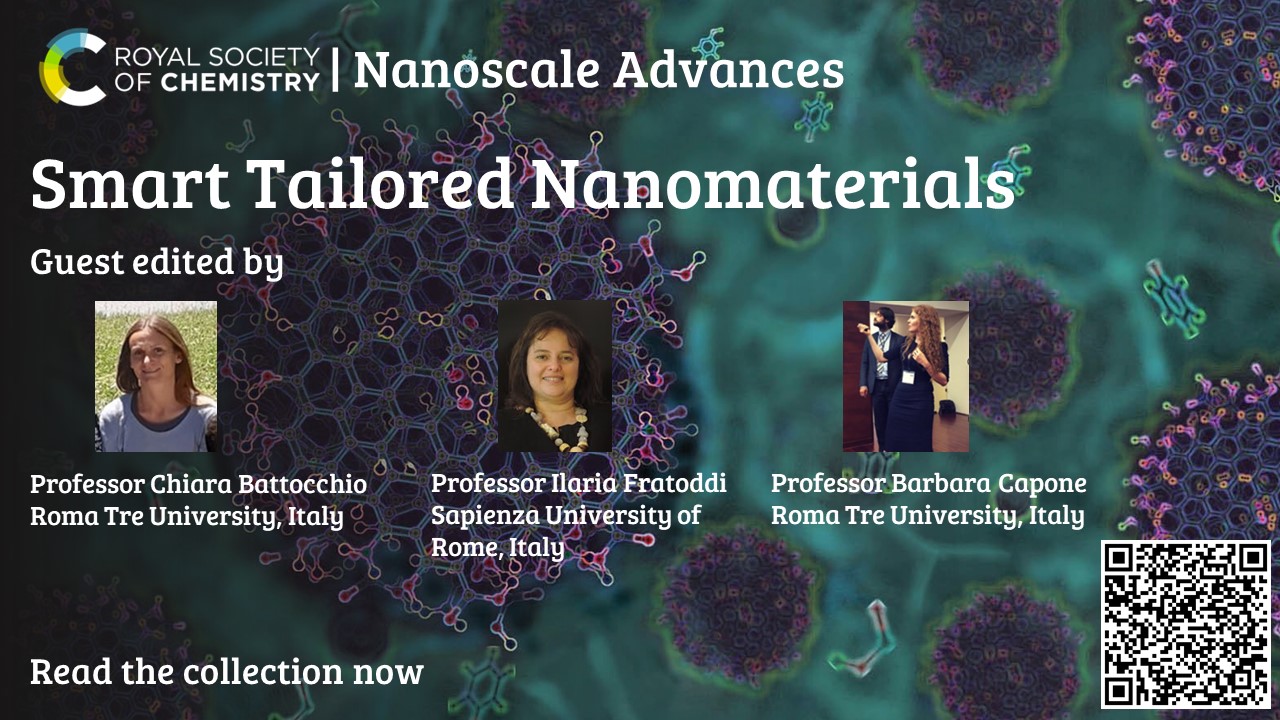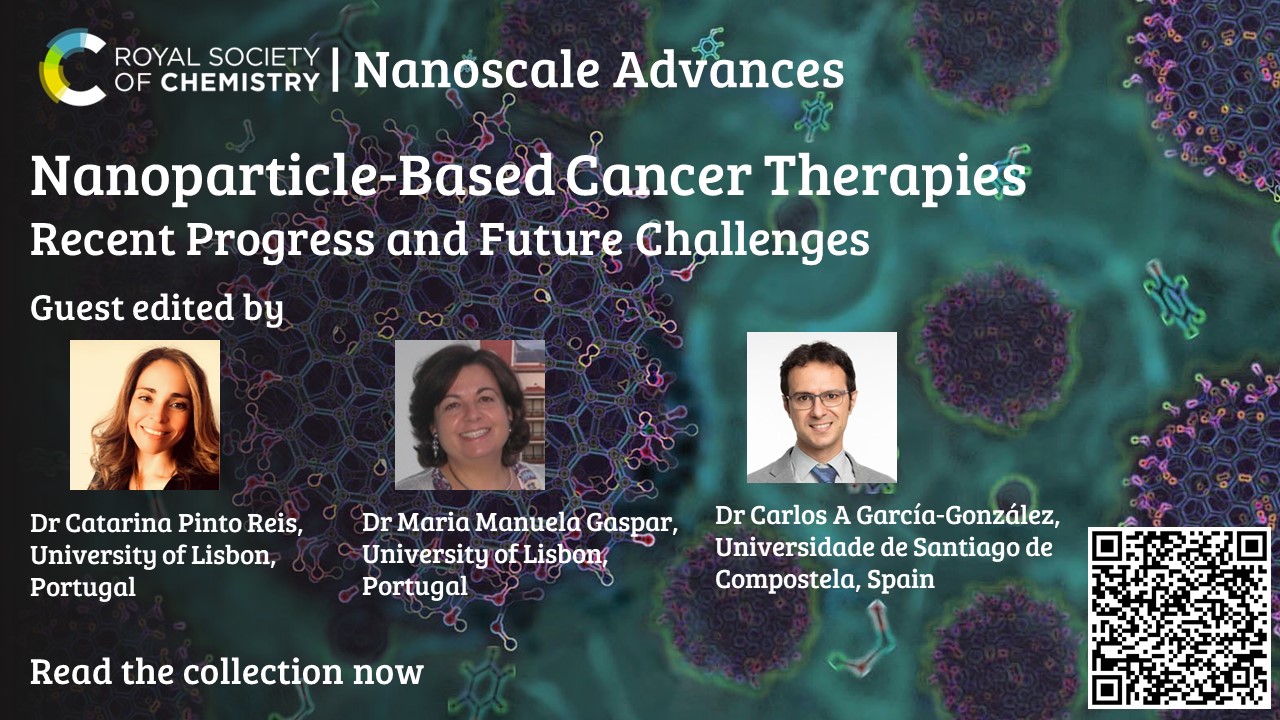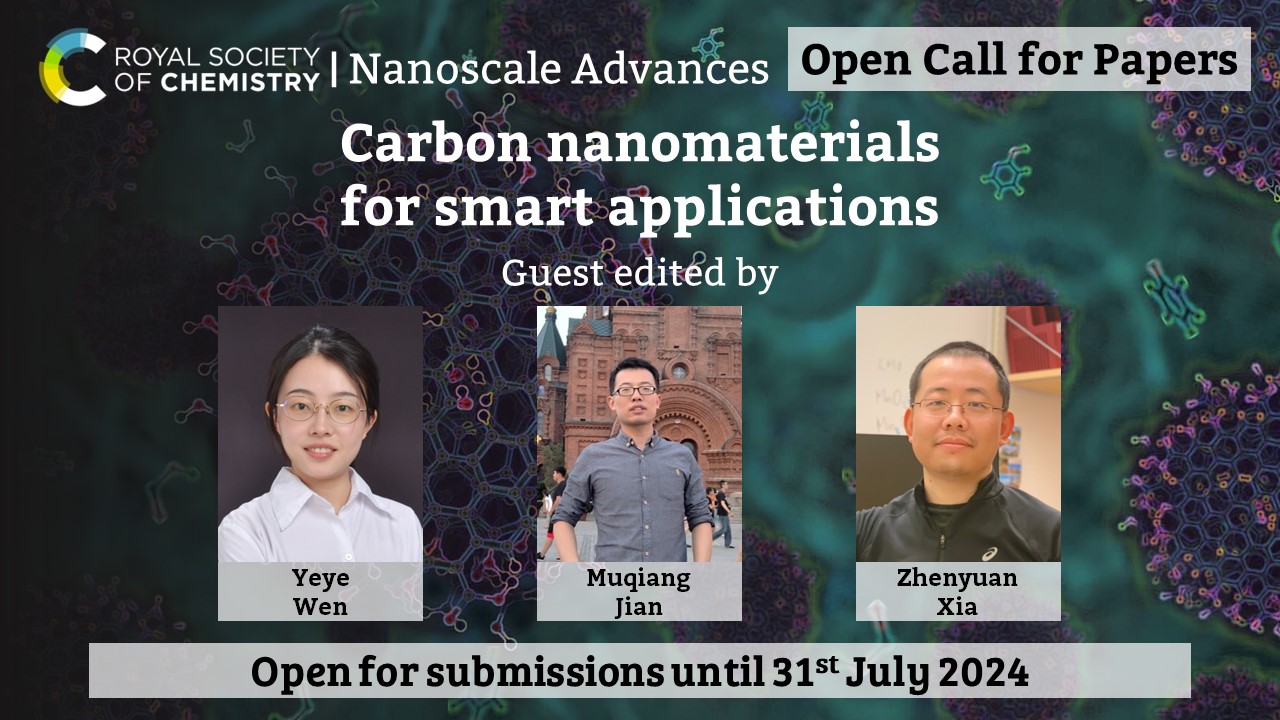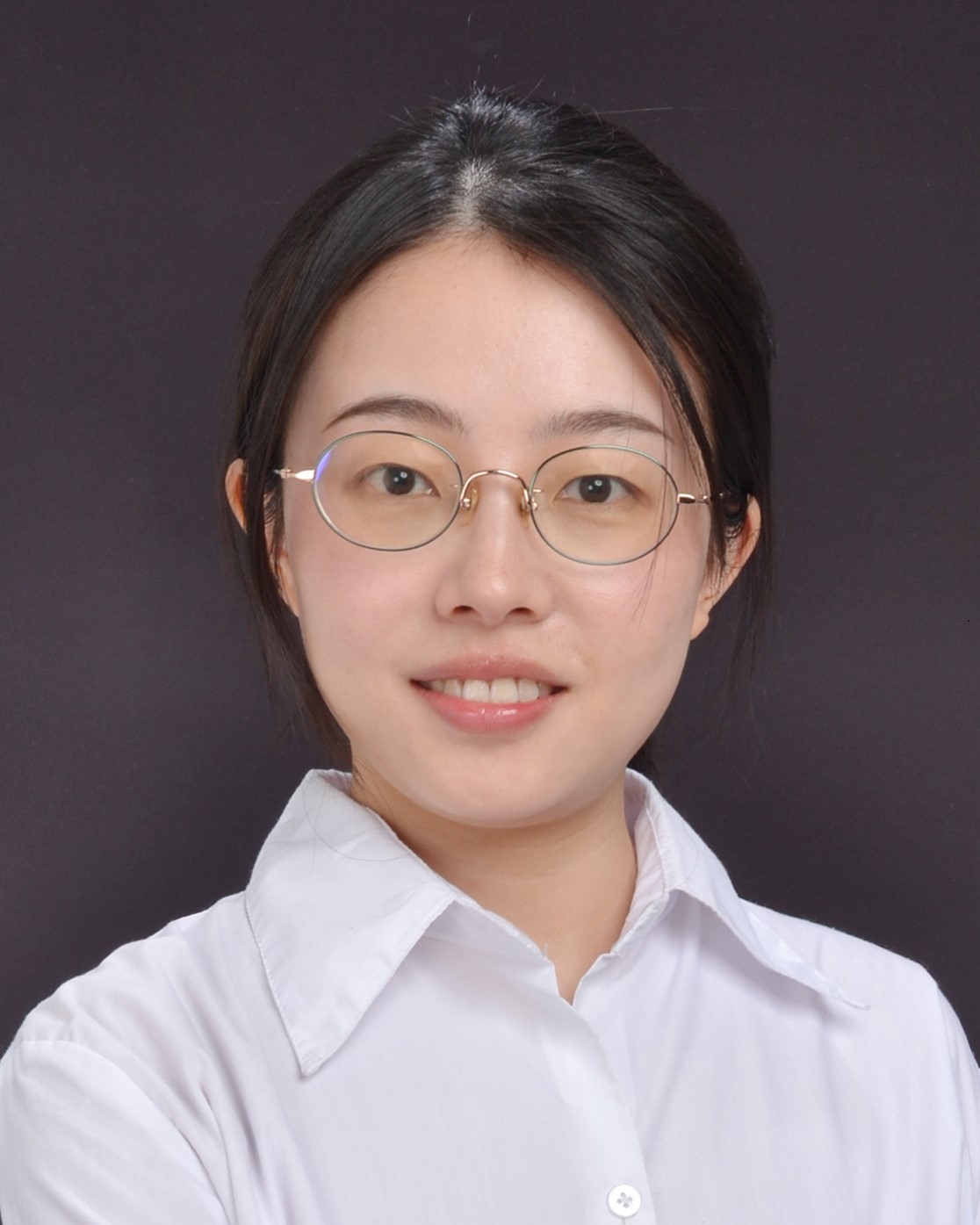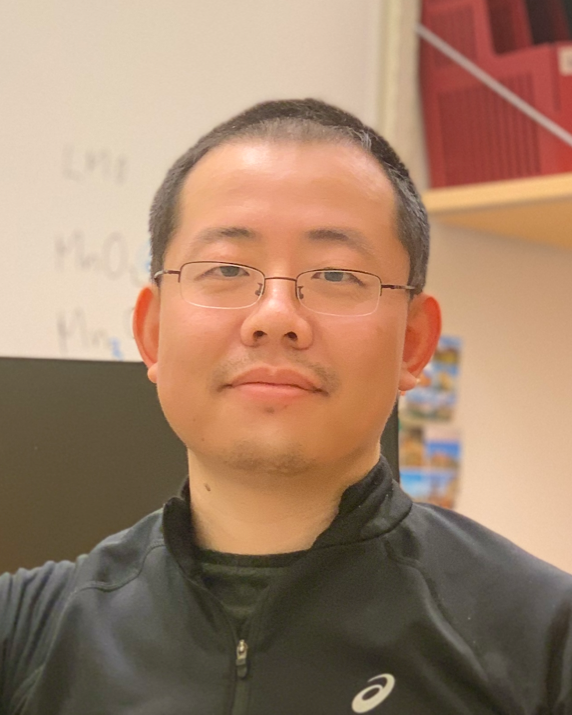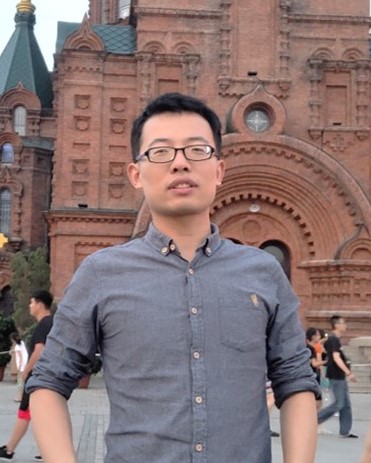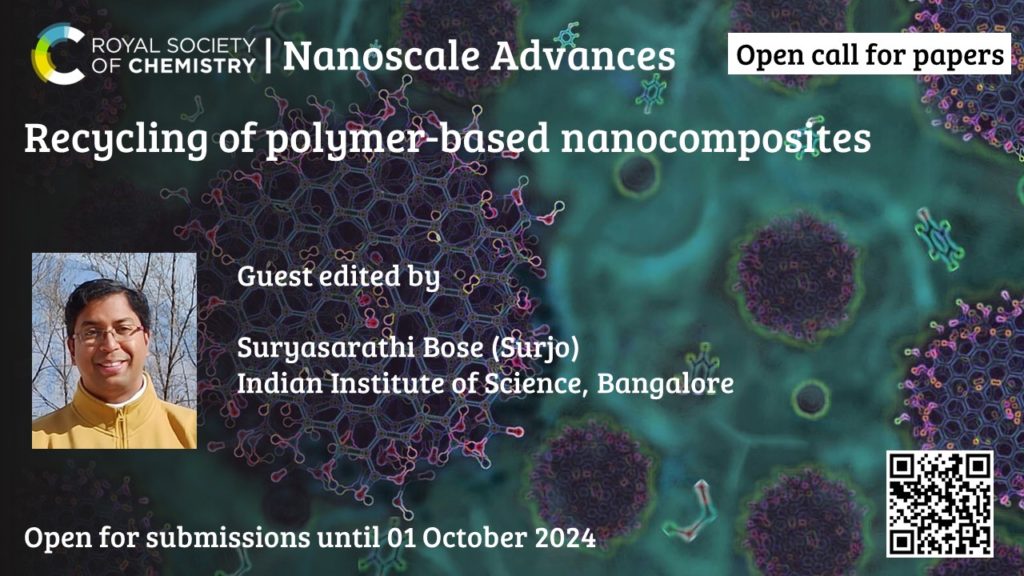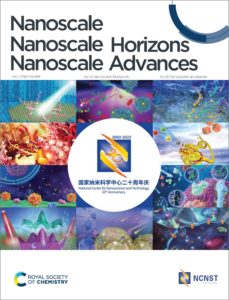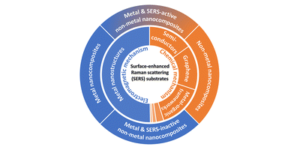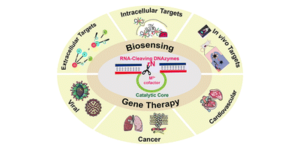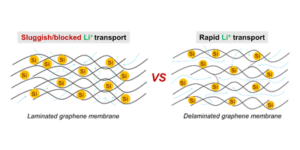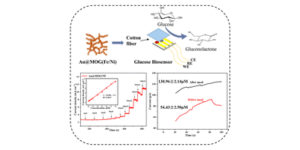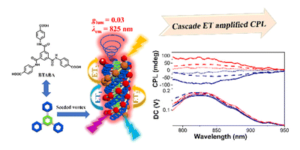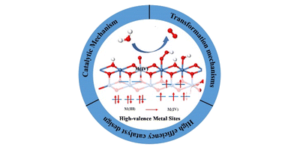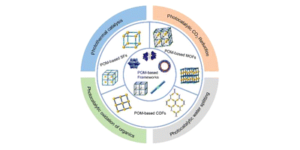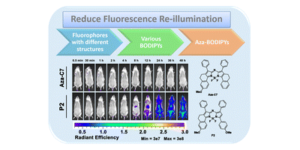Read the collection in Nanoscale Advances
We are delighted to introduce our new themed collection focusing on smart tailored nanomaterials!
Guest Edited by Professor Chiara Battocchio (Roma Tre University, Rome, Italy), Professor Ilaria Fratoddi (Sapienza University of Rome, Italy), and Professor Barbara Capone (Roma Tre University, Rome, Italy).
This collection focuses on the design, synthesis and advanced characterizations of functional nanostructured materials, e.g. metal, metal oxides, and hybrid nanoparticles by means of state-of-the-art spectroscopic and imaging techniques.
A small selection of the papers are featured below, all open access and free to read.
Colloidal adsorption in planar polymeric brushes
Clemens Franz Vorsmann, Sara Del Galdo, Barbara Capone and Emanuele Locatelli
Nanoscale Adv., 2024,6, 816-825, DOI: 10.1039/D3NA00598D
Microwave synthesis of antimony oxide graphene nanoparticles – a new electrode material for supercapacitors
Precious Ekwere, Miranda Ndipingwi, Christopher Nolly, Chinwe Ikpo and Emmanuel Iwuoha
Nanoscale Adv., 2023,5, 5137-5153, DOI: 10.1039/D3NA00514C
Copper(i) as a reducing agent for the synthesis of bimetallic PtCu catalytic nanoparticles
Adrián Fernández-Lodeiro, Javier Fernández Lodeiro, Noelia Losada-Garcia, Silvia Nuti, José Luis Capelo-Martinez, Jose M. Palomo and Carlos Lodeiro
Nanoscale Adv., 2023,5, 4415-4423, DOI: 10.1039/D3NA00158J
We hope you enjoy reading this themed collection!
Did you know?
At Nanoscale Advances, our themed collections are built by collaboration between our Guest Editors and expert Associate Editors. Our Guest Editors guide the scope and curate the contributions in our collections but all submissions are handled through peer review by our team of resident Associate Editors. This means that as an author you receive a consistent experience, and as a reader you can trust the quality of the science being presented.
If you have an idea for a topical collection in your research field, we’d love to hear from you! Get in touch here.


